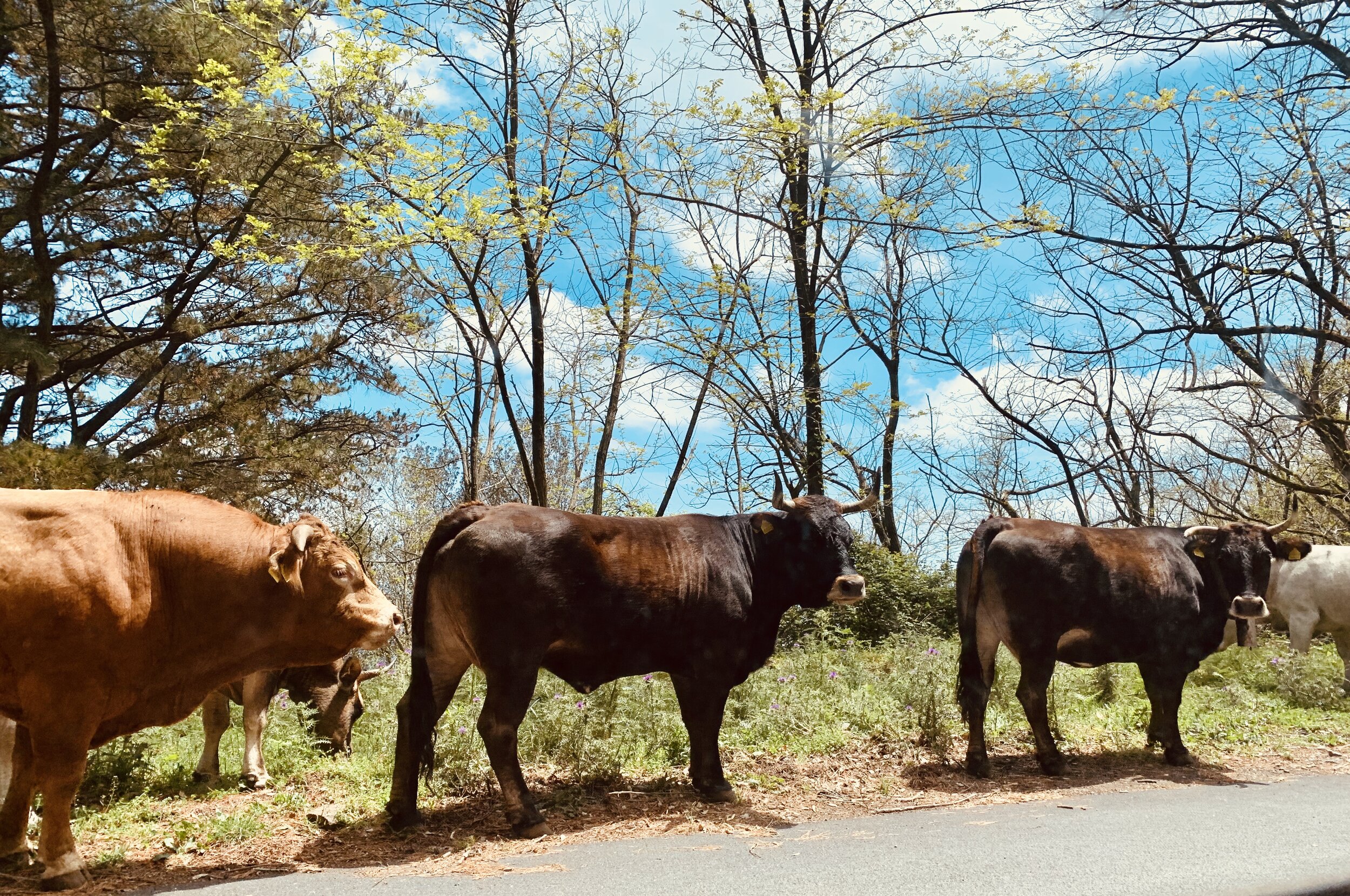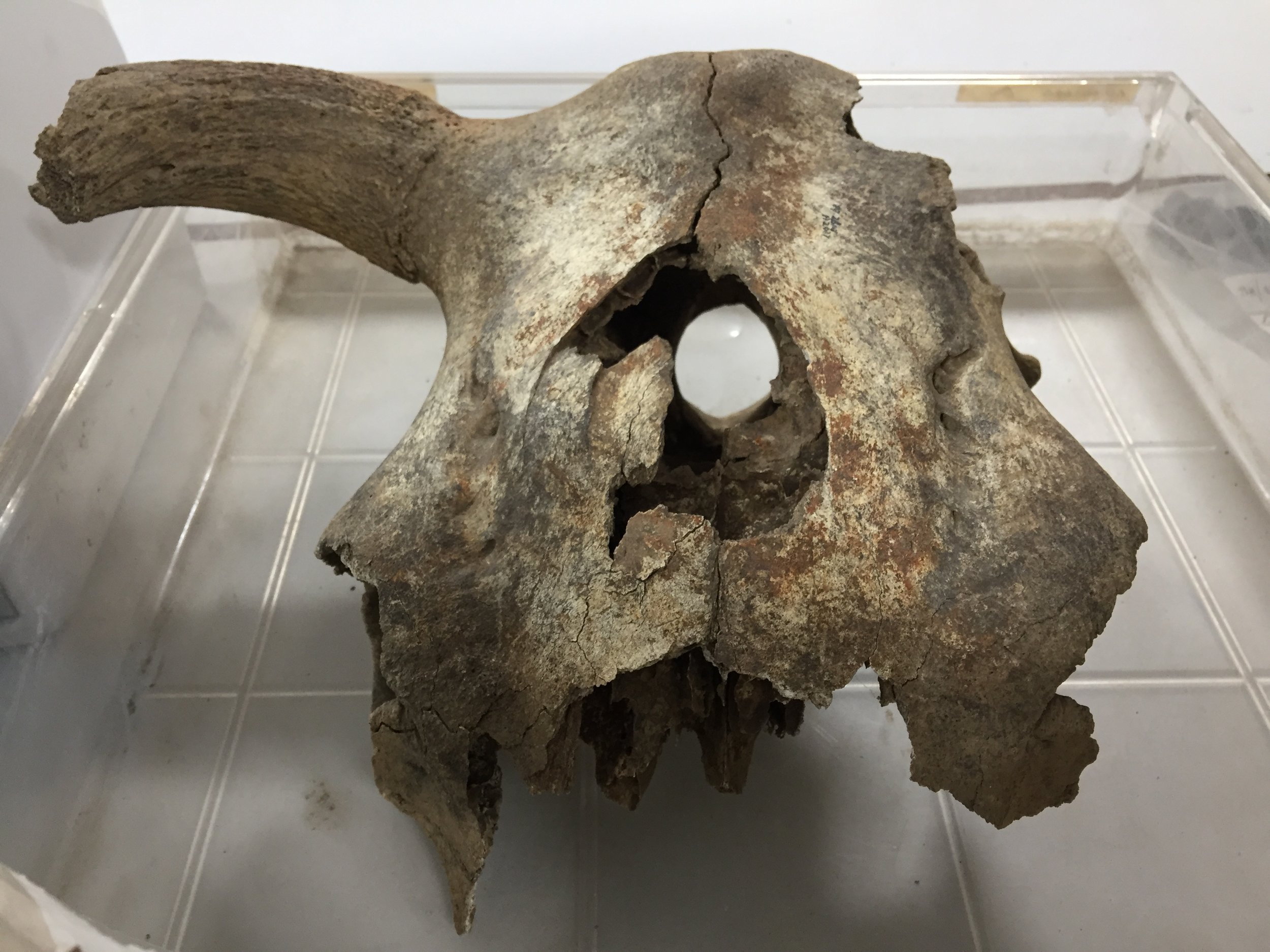In this episode, Alex and Simona will be tackling culinary zooarchaeology. Listen on to find out more about how to identify food preparation in the archaeological record, ancient BBQs and interpreting archaeological rubbish.
Links
Besherer Metheny, K. and Beaudry, M.C. (2015) Archaeology of Food: An Encyclopedia. Rowman & Littlefield.
Binford, L. (1981) Bones: Ancient Men and Modern Myths.
Pavao-Zuckerman, B., Anderson, D.T. & Reeves, M. (2018) Dining with the Madisons: Elite Consumption at Montpelier. Hist Arch 52, 372–396.
O'Connor, T. (2000) The Archaeology of Animal Bones. Gloustershire: Sutton Publishing Ltd.
Rackham, J. (1994) Interpreting the past: Animal Bones
Hastorf C.A. (2008) Food and feasting, social and political aspects. In: Pearsall D.M. (ed) Encyclopedia of Archaeology. London: Elsevier Inc.
Nelson S.M. (2003) Feasting the Ancestors in Early China. In: Bray T.L. (eds) The Archaeology and Politics of Food and Feasting in Early States and Empires. Springer, Boston, MA
Maisels, C. (2010) The Archaeology of Politics and Power: Where, When and Why the First States Formed. Oxford, Oxbow books
Russell, N. (2012) Social Zooarchaeology. Cambridge University Press.
Elliot, P. (2016) Food and Farming in Prehistoric Britain. Fonthill Media
Butchered Animal Bone
Contact
Alex FitzpatrickTwitter: @archaeologyfitz
Simona FalangaTwitter: @CrazyBoneLady
Alex’s Blog: Animal Archaeology
Music "Coconut - (dyalla remix)" https://www.youtube.com/watch?v=_2UiKoouqaY






















